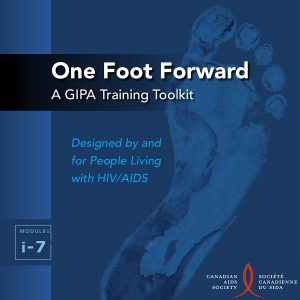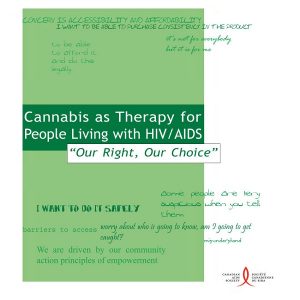Both the general Canadian population and Canadians living with HIV are aging.
It is estimated that the percentage of seniors (age 65 and older) will almost double in Canada within the next 25 years: from 14.1 per cent in 2010 to 23-25 per cent by 2036. HIV-positive Canadians are aging as well. The number of older Canadians living with HIV is increasing, both because HIV-positive Canadians are living longer thanks to improved treatment options, and because some Canadians receive an HIV diagnosis later in life.
As a result of these circumstances, the intersection of HIV and aging is becoming stronger than ever. There are specific physical and psychosocial issues related to HIV and aging that present particular challenges to effective prevention, care, treatment and support.
Below are the resources we have for HIV and Aging.

HIV Transmission: Factors that affect biological risk

One Foot Forward: A GIPA Training Toolkit, Module 10

Positive Prevention Information Sheet Series

One Foot Forward: A GIPA Training Toolkit, Module 8

The Economic Cost of HIV/AIDS in Canada

Positive Prevention: Towards a Pan-Canadian Framework

PrEP Community Mobilzation Kit

One Foot Forward: A GIPA Training Toolkit, Modules i – 7

